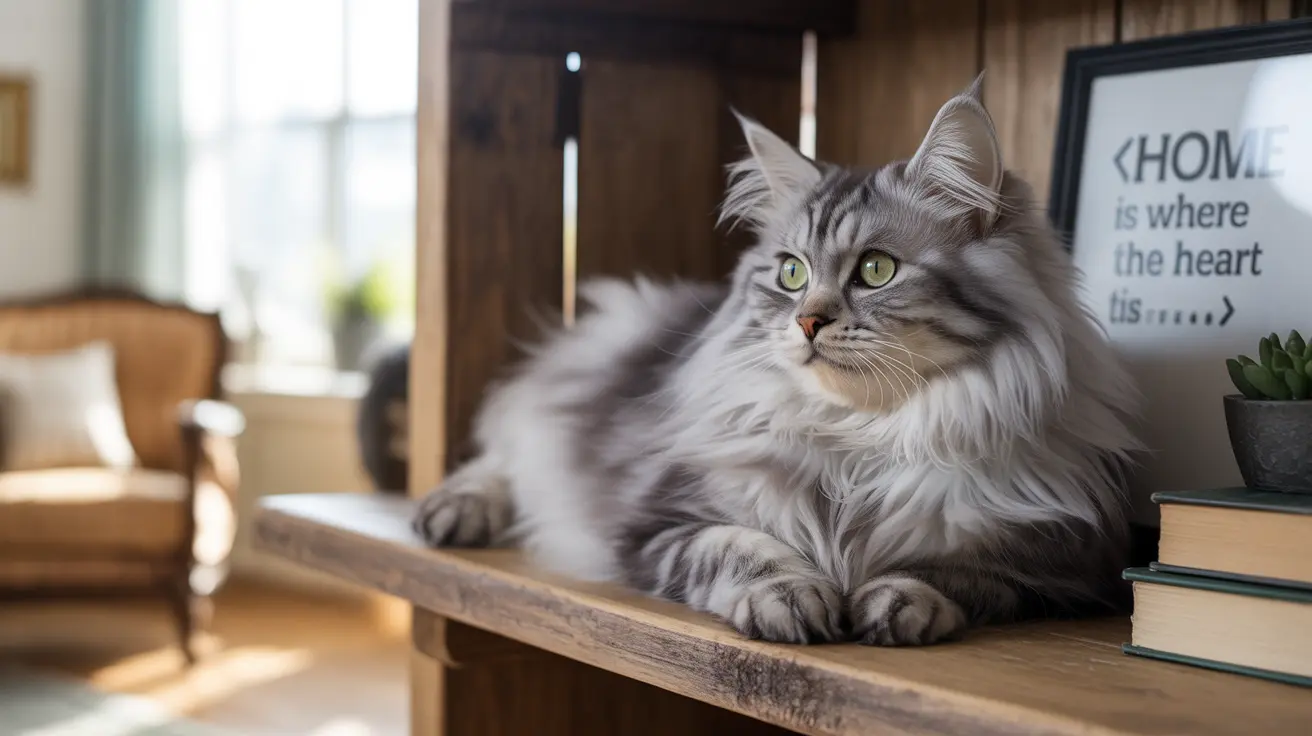Establishing a harmonious relationship with your feline companion requires understanding that cats don't respond to dominance the same way dogs do. While many pet owners search for ways to show dominance to their cats, the key lies in building mutual respect through positive reinforcement and understanding feline behavior.
The Truth About Cat Dominance
Unlike dogs, cats don't operate within a strict hierarchical pack structure. Their social dynamics are more fluid and centered around resource control rather than dominant-subordinate relationships. Understanding this fundamental difference is crucial for developing a healthy relationship with your cat.
Cats communicate and establish boundaries through subtle behaviors, body language, and environmental control. Rather than trying to dominate your cat, focus on creating a structured environment that promotes mutual respect and understanding.
Effective Ways to Establish Leadership
Set Consistent Boundaries
Instead of attempting to dominate your cat, establish clear, consistent rules and routines. This includes:
- Regular feeding times
- Designated play sessions
- Consistent responses to unwanted behavior
- Clear boundaries regarding furniture access and sleeping areas
Create Environmental Structure
Provide an enriched environment that allows your cat to express natural behaviors while respecting household rules:
- Multiple elevated resting spots
- Appropriate scratching posts
- Dedicated play areas
- Quiet spaces for retreat
Building Mutual Respect
Positive Reinforcement
Rather than attempting to show dominance, focus on rewarding desired behaviors:
- Treat-based training for good behavior
- Praise and attention for calm, respectful interactions
- Interactive play sessions as rewards
- Consistent meal times to establish routine
Reading and Responding to Body Language
Understanding your cat's communication signals helps prevent confrontations:
- Slow blinking to show trust
- Respecting personal space
- Recognizing stress signals
- Avoiding direct staring contests
Managing Challenging Behaviors
When cats display unwanted dominant behaviors, address them through:
- Redirecting attention to appropriate activities
- Providing additional environmental enrichment
- Consulting with a veterinarian if behavior suddenly changes
- Working with a certified feline behaviorist for severe cases
The Role of Resources
Ensure your cat has access to essential resources to prevent resource-guarding behaviors:
- Multiple feeding stations in multi-cat homes
- Several litter boxes in different locations
- Various comfortable resting spots
- Multiple scratching posts and play areas
Frequently Asked Questions
How can I tell if my cat is showing signs of dominance without misinterpreting their behavior?
Look for behaviors like blocking pathways, resource guarding, excessive demanding of attention, and aggressive responses to boundary-setting. However, these might also indicate anxiety or stress, so consider context and consult a veterinarian if concerned.
What are the best ways to set clear boundaries with a dominant cat without using intimidation?
Use positive reinforcement, consistent routines, and environmental management. Reward good behavior, maintain regular feeding and play schedules, and provide appropriate outlets for natural behaviors.
How should I respond when my cat blocks access to rooms or guards resources like food or favorite spots?
Create alternative pathways, provide multiple resource points, and avoid confrontation. Use positive distraction techniques and ensure there are enough resources for all pets in the household.
Why shouldn't I try to "show dominance" over my cat like I might with a dog?
Cats are independent animals that don't recognize traditional dominance hierarchies. Attempting to dominate a cat can damage trust, increase stress, and lead to fear-based aggression.
How can providing enrichment and multiple resources help reduce dominance issues in multi-cat homes?
Multiple resources reduce competition and stress, allowing cats to establish their own comfortable territories. This naturally decreases resource guarding and aggressive behaviors.
Conclusion
Building a respectful relationship with your cat isn't about showing dominance—it's about understanding feline behavior, providing appropriate resources, and using positive reinforcement. Focus on creating a structured environment and consistent routines rather than trying to establish dominance through force or intimidation.
Remember that each cat is unique, and what works for one may not work for another. Patience, observation, and positive reinforcement will lead to a more harmonious relationship with your feline companion.






